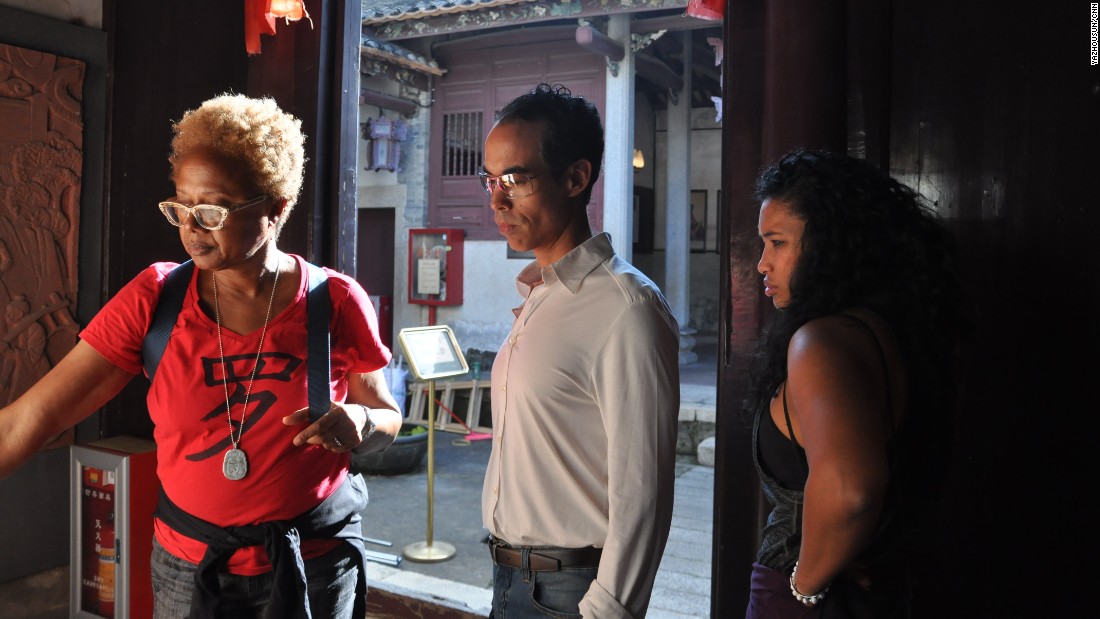A reflection on Barack Obama’s presidencyPosted in Articles, Barack Obama, Biography, Media Archive, Politics/Public Policy, United States on 2016-12-30 20:18Z by Steven |
A reflection on Barack Obama’s presidency
The Economist
2016-12-24
Barack Obama’s presidency lurched between idealism and acrimony but some of his accomplishments will endure
1 “A skinny kid with a funny name”
Watch it again. He is unusually stilted at the beginning, as you might expect of a debutant on the autocue and the national stage. But soon he finds his rhythm, those crescendos alternating with electric pauses, ecclesiastical notes chiming with his scholarly charisma in a musical voice. Grippingly, he recounts the story of his life, in his telling a parable of unity in diversity—a moral he was still pushing 12 hard, disillusioning years later. “We are Americans first,” he urged in the Rose Garden on the day after Donald Trump was elected.
In fact, by the standards Barack Obama subsequently set—in a presidency defined by its speeches, and perhaps to be best remembered for them—his turn at the Democratic convention in 2004 was mundane. But his ascent will still be dated from the moment he loped onto that stage in Boston, with the rangy gait that became as familiar as his smile: an unknown politician from Illinois, soon to be the country’s only African-American senator, before, in short order, becoming its first black president. The paean he offered to America, a country that had embraced him as “a skinny kid with a funny name”, was also a kind of dare; the self-deprecation camouflaged a boast, since many in his audience saw the obstacles he faced as clearly as he did. “I’m the African-American son of a single mother,” Mr Obama reportedly told Binyamin Netanyahu when, years later, Israel’s prime minister lectured him on the world’s hazards, “and I live here, in this house. I live in the White House.”
His presidency will be counted in speeches because its trials proved harder to overcome than the barriers he scaled to attain it. Often he spoke as no other president could, becoming, through his identity and eloquence, a receptacle for the hopes of Americans and of—and for—the world. Think of his speech in Berlin in 2008, when he extolled multilateralism and the rule of law, or his now-defunct conciliation in Cairo the following year. Think of his eulogy after the Charleston killings. Yet posterity might score him higher on a broader metric had he been as effective in the more intimate persuasions of Congress, as consistent in projecting empathy as at exhortation, or more resolute abroad; had he been as adept at championing legislation or facing down tyrants as he could be at stirring hearts…
Read the entire article here.





